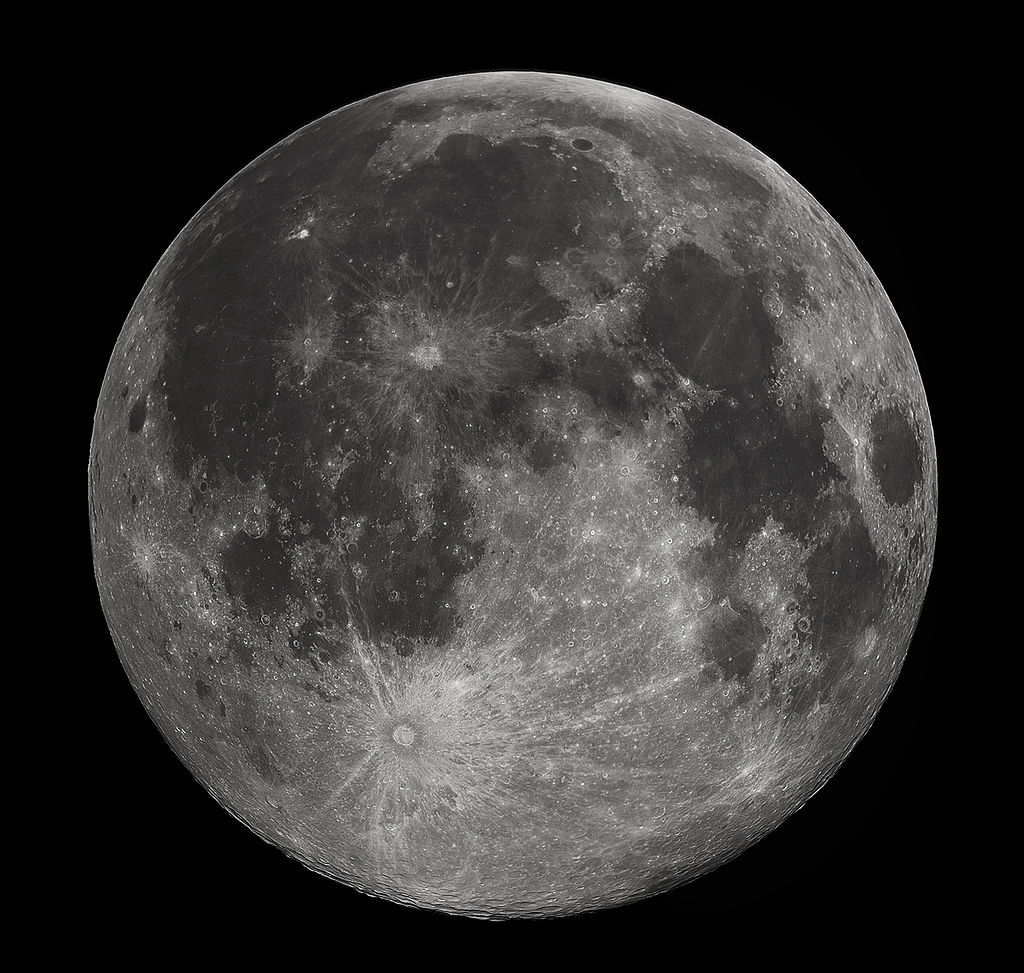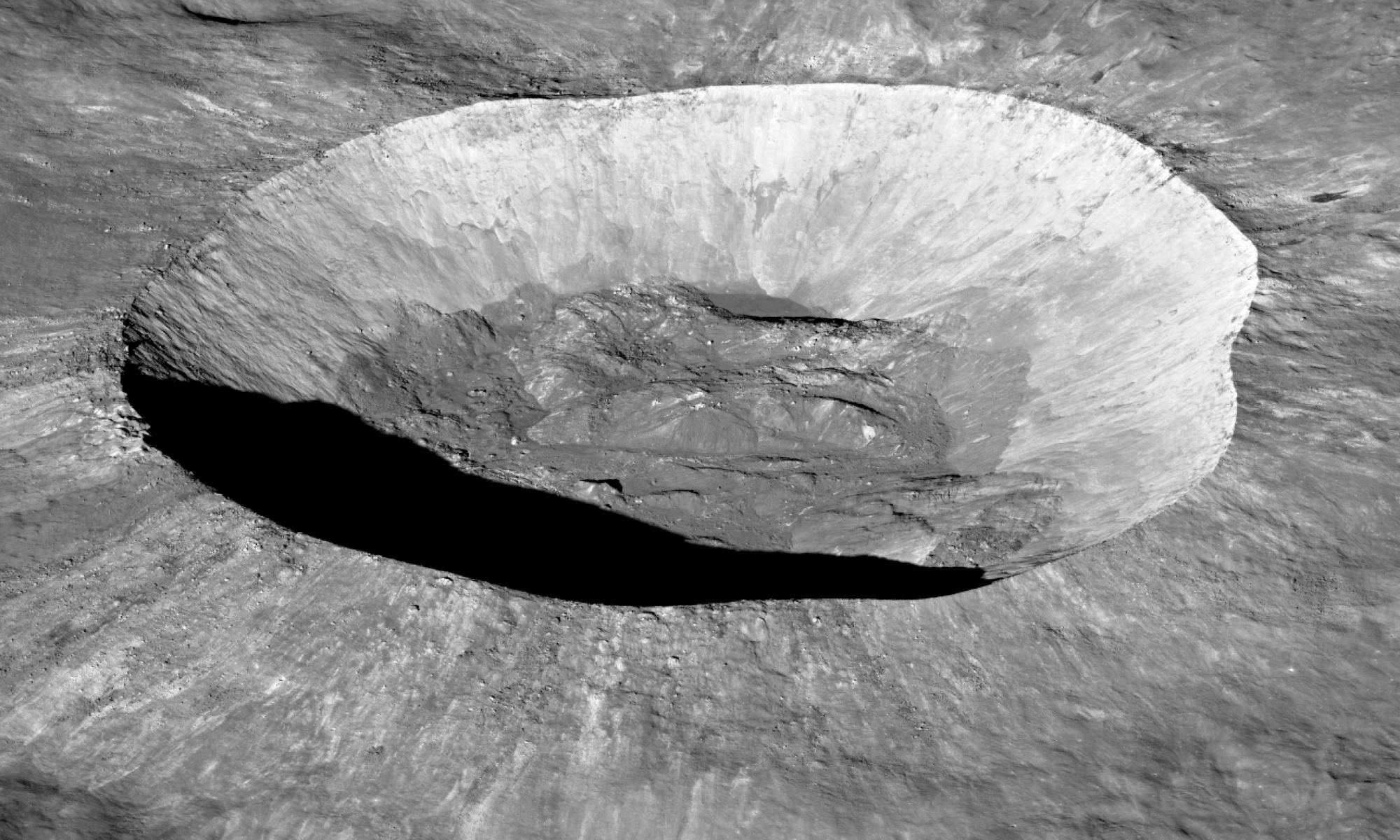In the coming years, NASA and other space agencies plan to extend the reach of human exploration. This will include creating infrastructure on the Moon that will allow for crewed missions on a regular basis. This infrastructure will allow NASA and its international partners to make the next great leap by sending crewed missions to Mars (by 2039 at the earliest). Having missions operate this far from Earth for extended periods means that opportunities for resupply will be few and far between. As a result, crews will need to rely on In-Situ Resource Utilization (ISRU), where local resources are leveraged to provide for basic needs.
In addition to air, water, and building materials, the ability to create propellant from local resources is essential. According to current mission architectures, this would consist of harvesting water ice in the polar regions and breaking it down to create liquid oxygen (LOX) and liquid hydrogen (LH2). However, according to a new study led by engineers from McGill University, rocket propellant could be fashioned from lunar regolith as well. Their findings could present new opportunities for future missions to the Moon, which would no longer be restricted to the polar regions.
Continue reading “Making Rocket Fuel Out of Lunar Regolith”










